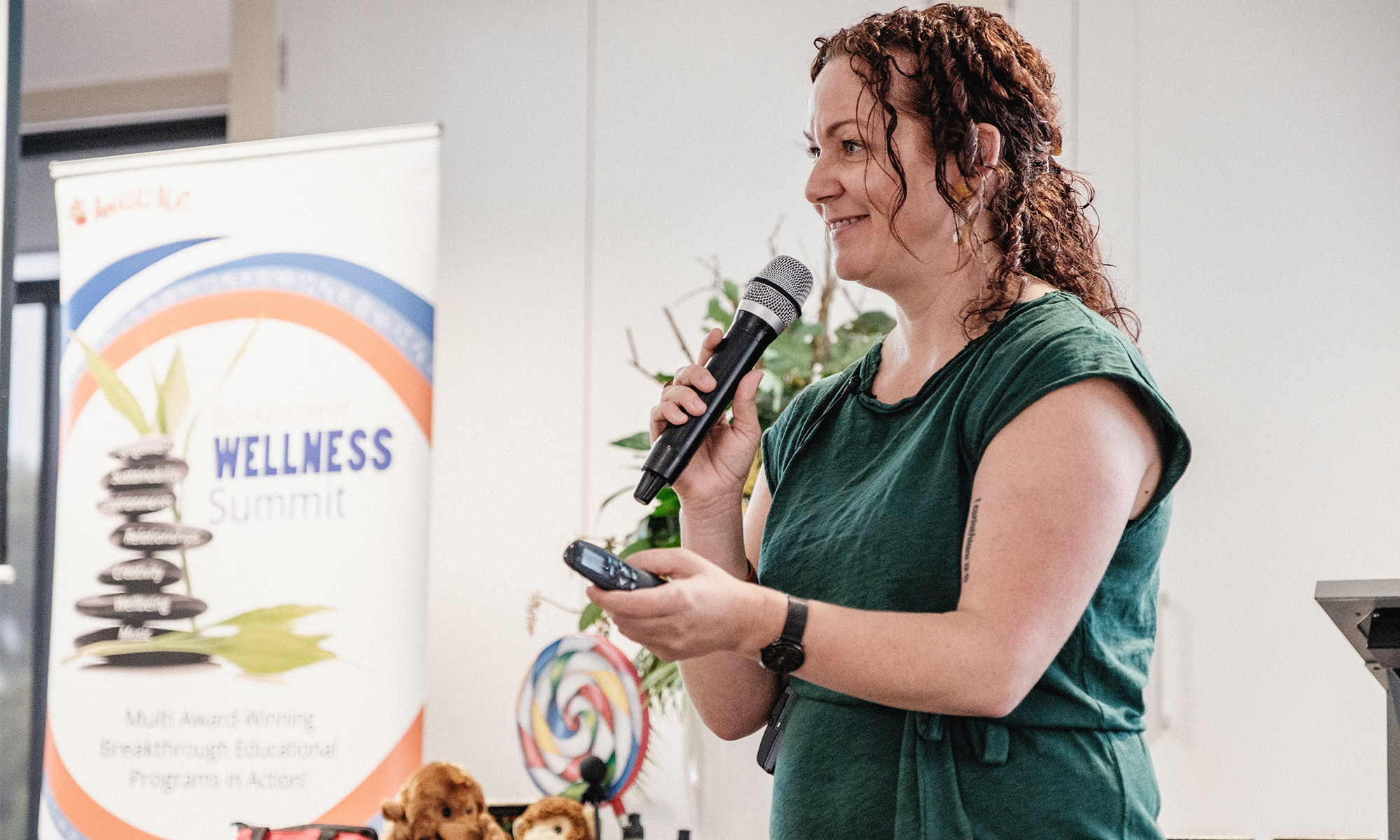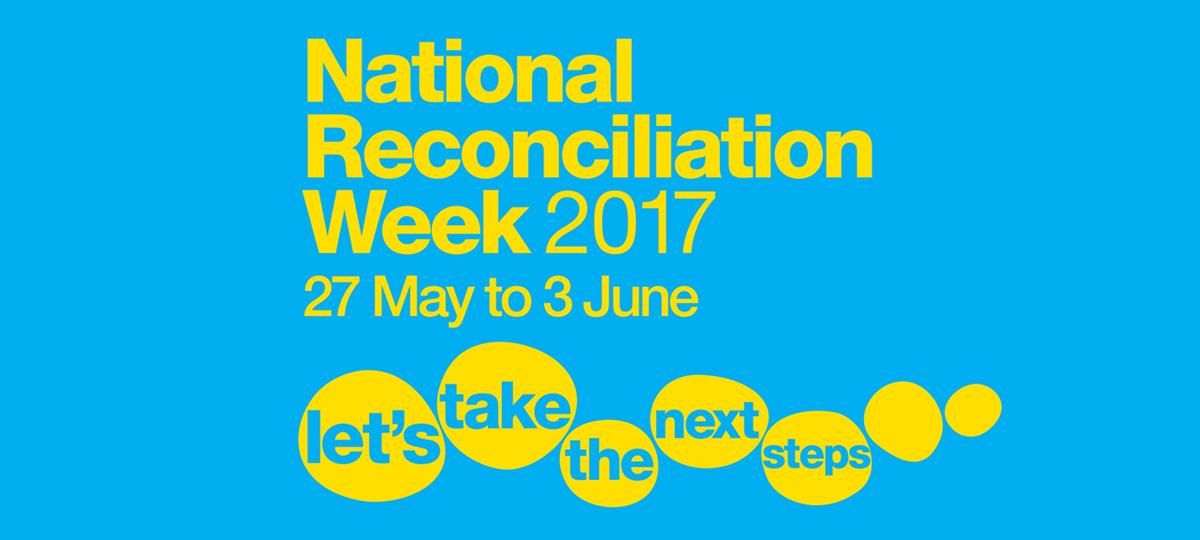It’s National Reconciliation Week (NRW) from 27 May until 3 June, with 2017’s theme ‘Let’s take the next steps’.
All over the country, we will see cultural, sporting, community and arts events recognising and celebrating reconciliation and its place in the story of Australia.
Centres and families might like to share some of Australia’s history reconciliation journey with children during NRW. After all, education is the key to changing the world.
The significance of the NRW dates
As explained on the official National Reconciliation Week website, the dates of NRW represent two very important dates in Australia’s reconciliation journey.
May 27 was the date of the 1967 referendum, resulting in the removal of two sections of the Australian Constitution, which discriminated against Indigenous Australians.
June 3 is a nod to the date of the historic Mabo decision in 1992, whereby Eddie Koiki Mabo fought for Australian land ownership laws to be changed. He succeeded, with the Mabo case going down in history as a landmark High Court decision recognising native title in Australia and the abolishment of terra nullius. (More about Mabo here.)
National Reconciliation Week resources for child care centres
It’s up to you what extent you celebrate the week, but to help you introduce it into centres (or your home), we’ve pulled together some resources for you.
- You might like to print this official NRW poster. Access this pdf poster here.
- Encourage children to take part in experiences that celebrate Aboriginal culture. You might find something local in your own community, like a Reconciliation Walk. You could even create your own community event! Find an event in your community here or even register your own event here.
- Learning about the two Aboriginal and Torres Strait Islander flags and their meaning in Australia is essential education. For example, the Aboriginal flag represents the Aboriginal people, the red earth and the spiritual relationship to the land and the yellow sun, the giver of life. The Torres Strait Islander flag is a symbol of the Torres Strait Islanders, the five white stars symbolise the five major island groups and how important the stars are for the seafaring people. The green stripes represent the land, black stripes represent the people and the blue is the sea.
- Read books derived from Aboriginal culture. How the Birds Got Their Colours by Pamela Lofts is a wonderful story. Try The Naked Boy and the Crocodile. It is a unique in that it is a collection of short stories written by children from remote Indigenous communities. Very fun and interesting.
Teaching children about the history of the First Nations People of Australia and how far we have come is vital as we work together to take the next steps in the ongoing journey that is reconciliation.
Share your special ideas about celebrating Reconciliation Week with young children with us on Facebook!
P.S. Do you or a centre you know do amazing work relating to the recognition or celebration of reconciliation? Nominate them for a Narragunnawali Award!

